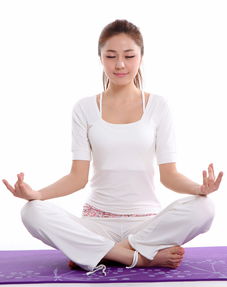How to choose and purchase yoga mats7
When choosing a yoga mat, you should pay attention to the following points: the length should not be shorter than your height, and the width should not be narrower than your shoulder width. The thickness of the mat is about 6mm, and too thin a pad can cause pain when the joint comes into contact with the ground, which in turn can affect the stability of standing movements. (Generally speaking, beginners choose a 7MM yoga mat as a suitable choice) Observe the elasticity of the yoga mat. Pressing the yoga mat with your hands, if you feel that your fingers are easily pinched together, it proves that the mat is too soft. Even if it is thick, joints such as knees will still feel pain when they come into contact with the ground. If the yoga mat is too hard, it is not very good. Our fragile skin cannot accept it, and it is easy to break and not easy to store. Be sure to choose a yoga mat with good elasticity and moderate hardness to complement your practice. Uniformity of yoga mats. Lay the yoga mat flat and observe the uniformity of its foaming. If the foaming is uneven, the mat surface can easily be damaged during use. If the protruding part of the foam is damaged, it cannot be repaired. Moderate weight. Because yoga mats are often carried with us, we should try not to choose too heavy mats for easy portability. The skid resistance of the cushion surface is not very good, as the cushion is laid flat and the palm of the hand is pressed firmly against the cushion before pushing it forward. If the cushion slides on the ground or the hand slides on the cushion surface, it indicates that the skid resistance of the cushion is not very good. It is possible to cause unnecessary harm during practice, and such mats should be used with caution.
Article classification:
News Consultation
|



